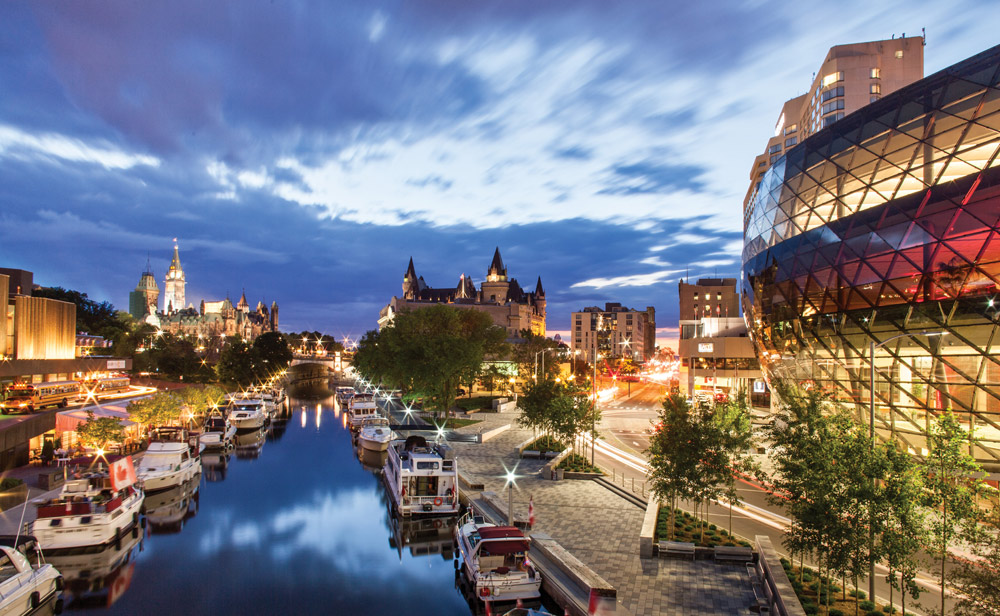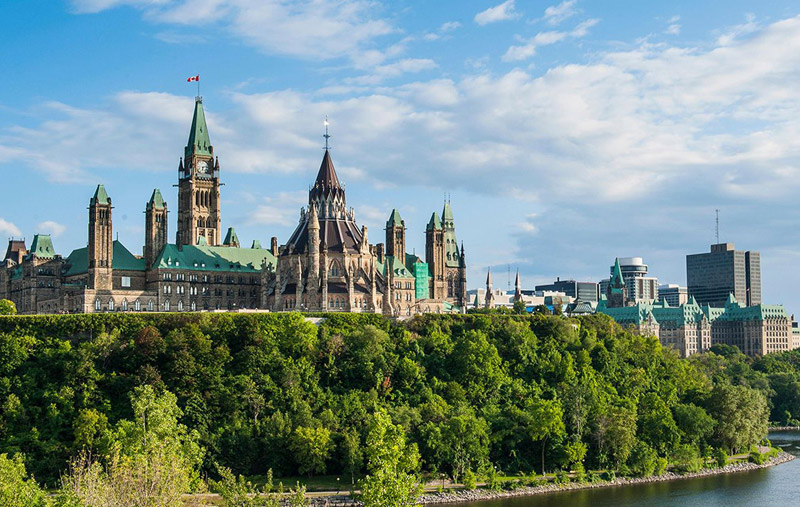
Discovery the History of Ottawa
Ottawa is the capital of Canada. The city is in eastern Ontario, across the river from Gatineau, Quebec. It is home to the country’s federal institutions, including Parliament and the residences of the Governor General and the Prime Minister.
As of the last census in 2016, Ottawa had a population of 1,017,449, making it the fourth most populous city in Canada. It is a bilingual city with 63.7% of its inhabitants being native anglophone, 15% francophone, and 22.3% of locals being bilingual.
The city’s economy is mainly driven by government-related employment (ministries, administration, Parliament, etc.) but there is also a significant fringe of employment in tech and tourism.

Why choose Ottawa?
The city’s economy is mainly driven by government-related employment (ministries, administration, Parliament, etc.) but there is also a significant fringe of employment in tech and tourism. Although the government remains the biggest employer, the industries of tourism, tech, and healthcare are also becoming increasingly important economic sectors.
The national headquarters of most federal ministries are in Ottawa. The headquarters of the Department of National Defense, which is the main command center for The Canadian Army, are also in Ottawa.
Tourist hubs in the area include Parliament Hill, 24 Sussex Drive (Prime Minister’s official residence), and Rideau Hall (official residence of the Governor General). Ottawa is also home to several museums, including the National Gallery of Canada, the Canadian Museum of Nature, and the Canadian War Museum. The city has three post-secondary institutions: The University of Ottawa, Carleton University and Saint-Paul University.
In 2019, Ottawa came in third place among Canadian cities in terms of quality of life and ranked 19th in the world according to Mercer. It is also ranked the second cleanest city in Canada and third cleanest city in the world.
